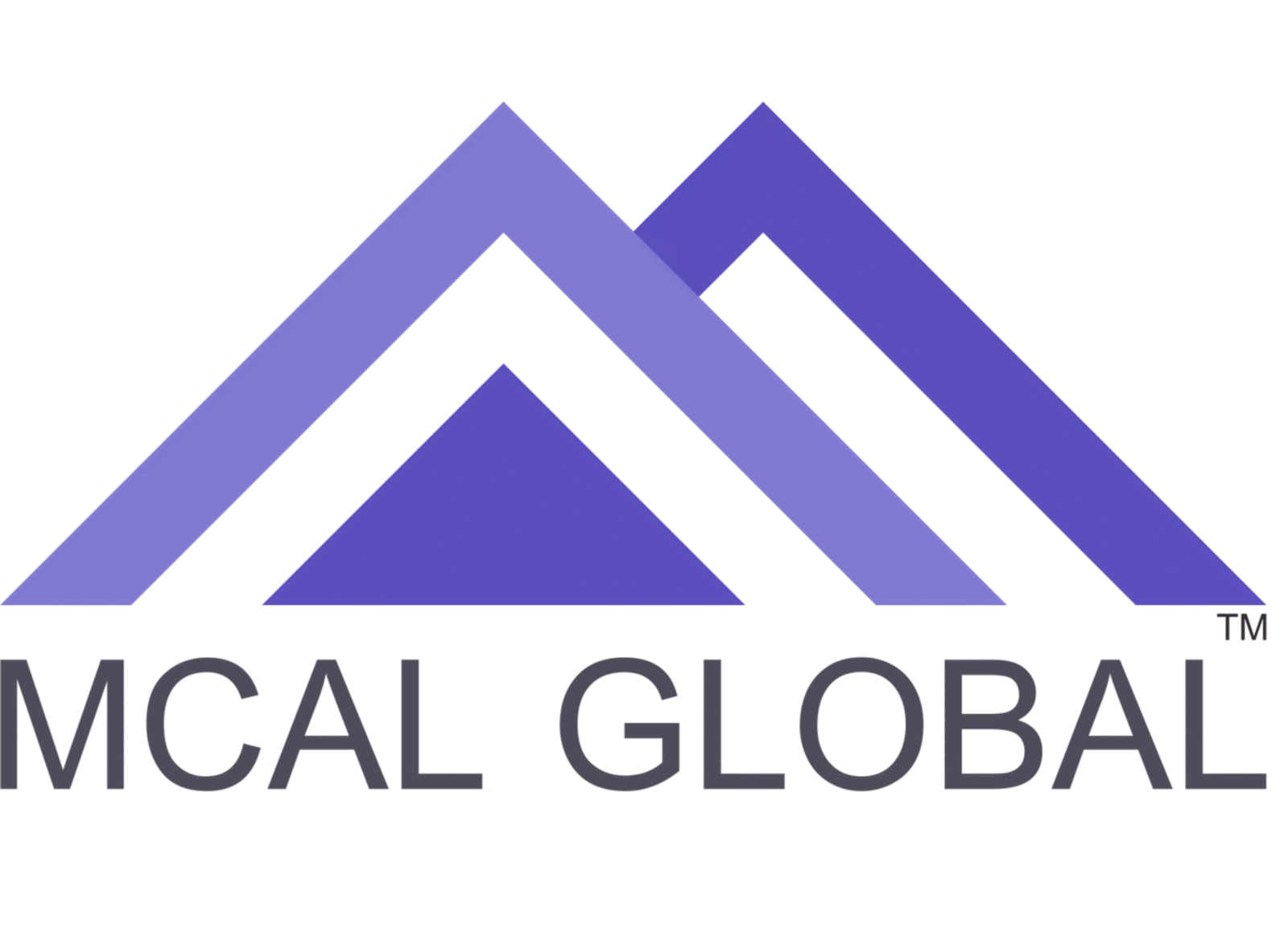Conflict is an inevitable part of human interactions, including in the workplace and various organizational settings. Conflict resolution techniques offer structured approaches to manage and resolve conflicts effectively, fostering collaboration, improving relationships, and achieving positive outcomes. This comprehensive guide explores conflict resolution techniques, their importance, key strategies, implementation steps, real-world examples, and related website links to tools and organizations that support conflict resolution.I. Understanding Conflict Resolution:
- Definition and Importance: Conflict resolution refers to the process of addressing and resolving disputes, disagreements, or tensions between individuals or groups. It aims to find mutually acceptable solutions, maintain relationships, and promote a positive work environment. Effective conflict resolution is vital for fostering teamwork, creativity, and organizational growth.
- Benefits of Conflict Resolution: Implementing conflict resolution techniques offers several advantages, including:
- Improved collaboration and communication.
- Enhanced problem-solving and decision-making.
- Strengthened relationships and trust.
- Increased employee engagement and satisfaction.
- Prevention of escalated conflicts and negative outcomes.
II. Key Conflict Resolution Techniques:
- Active Listening: Actively listening to all parties involved in the conflict promotes understanding and empathy. It involves giving full attention, reflecting on what is being said, and seeking clarification. Active listening fosters effective communication and creates a safe space for expressing concerns and emotions.
- Mediation: Mediation involves engaging a neutral third party to facilitate discussions and guide the resolution process. The mediator helps parties identify common ground, explore options, and reach a mutually acceptable solution. Mediation promotes collaboration, empowers participants, and maintains relationships.
- Negotiation: Negotiation aims to find a compromise or agreement that satisfies the interests and needs of all parties involved. It involves open communication, flexibility, and a willingness to explore creative solutions. Negotiation can be collaborative, competitive, or a combination of both, depending on the situation.
- Problem-Solving: Using problem-solving techniques, parties work together to identify the root causes of the conflict and generate potential solutions. This approach encourages collaborative thinking, brainstorming, and consensus-building. Problem-solving enables parties to address underlying issues and find win-win solutions.
- Assertiveness and Conflict Management Styles: Understanding different conflict management styles, such as assertiveness and cooperation, helps individuals navigate conflicts effectively. By adopting appropriate styles, individuals can express their needs while considering the needs of others. This fosters respectful communication and resolution.
III. Implementing Conflict Resolution Techniques:
- Create a Supportive Environment: Establish a culture that values open communication, respect, and constructive conflict resolution. Encourage employees to voice their concerns and provide training on conflict resolution techniques. Promote psychological safety, where individuals feel comfortable discussing and resolving conflicts.
- Identify the Underlying Issues: Gather information to understand the root causes of the conflict. Encourage parties involved to express their perspectives and concerns. Use tools like interviews, surveys, or conflict assessments to gain insights and identify common themes.
- Facilitate Communication: Ensure open and effective communication between conflicting parties. Encourage active listening, clear expression of thoughts and feelings, and constructive feedback. Provide a safe and structured platform for open dialogue and encourage parties to find common ground.
- Choose the Appropriate Technique: Select the most suitable conflict resolution technique based on the nature and complexity of the conflict. Mediation may be ideal for deep-rooted conflicts, while negotiation or problem-solving techniques can be effective for resolving disagreements on specific issues.
- Encourage Collaboration: Promote collaboration and cooperation among conflicting parties to reach a mutually acceptable solution. Emphasize the importance of shared goals, interests, and a win-win mindset. Encourage compromise and creative problem-solving to find solutions that satisfy all parties.
IV. Real-World Examples of Conflict Resolution:Example 1: Team Conflict: In a project team, conflicts may arise due to differences in work styles, conflicting priorities, or communication breakdowns. Using conflict resolution techniques, team members can engage in active listening, facilitate open discussions, and find collaborative solutions that address individual concerns while achieving project objectives.Example 2: Manager-Employee Conflict: A conflict between a manager and an employee may stem from differing expectations, performance issues, or personality clashes. By engaging in mediation or negotiation, the manager and employee can work towards a resolution that considers both parties’ perspectives, maintains a positive working relationship, and focuses on performance improvement.V. Related Tools and Organizations:
- Mediate.com: Mediate.com is an online platform that provides resources, articles, and a directory of professional mediators. It offers valuable information on mediation techniques and connects individuals and organizations with experienced mediators. Website: https://www.mediate.com/
- Conflict Dynamics Profile (CDP): The Conflict Dynamics Profile is an assessment tool that helps individuals understand their personal conflict management style. It provides insights into preferred conflict resolution techniques and areas for growth. Website: https://www.conflictdynamics.org/
- Society for Human Resource Management (SHRM): SHRM offers resources, training, and best practices for conflict resolution in the workplace. Their website provides valuable insights and tools for effectively managing and resolving conflicts. Website: https://www.shrm.org/
Conclusion:Conflict resolution techniques are vital for creating a harmonious work environment, fostering collaboration, and achieving positive outcomes. By implementing active listening, mediation, negotiation, problem-solving, and appropriate conflict management styles, organizations can effectively navigate conflicts and maintain strong relationships. Tools such as Mediate.com and the Conflict Dynamics Profile support individuals and organizations in their conflict resolution efforts. Organizations like the Society for Human Resource Management (SHRM) offer resources and support for implementing effective conflict resolution practices. By embracing conflict as an opportunity for growth and employing these techniques, organizations can create a culture of open communication, mutual understanding, and sustainable success.References:
- Mediate.com. (n.d.). Mediate.com. Retrieved from https://www.mediate.com/
- Conflict Dynamics Profile (CDP). (n.d.). Conflict Dynamics International. Retrieved from https://www.conflictdynamics.org/
- Society for Human Resource Management (SHRM). (n.d.). SHRM. Retrieved from https://www.shrm.org/
Note: The examples provided are fictional and used for illustrative purposes only.
For better understanding join MCAL Global’sMaster Business Analysis Training – MBATâ€. MBAT is the flagship business analyst course. MCAL Global has trained more than 2000 professionals on the business analysis processes, concepts, tools, techniques, best practices, business analyst certification, and software tools via this program.
Through active feedback collected from individuals & corporates, MCAL Global has perfected this business analyst course via numerous updates and revisions to deliver the best possible results for individuals or corporates.MCAL Global conducts a classroom for this business analyst course in Pune and Mumbai, else you can join our live online business analyst course from anywhere.
MCAL Global has trained professionals from the United States, UAE – Dubai, Australia, United Kingdom, and all major cities from India through our live instructor online business analyst courses. You can send your interest by visiting our contact us page.


